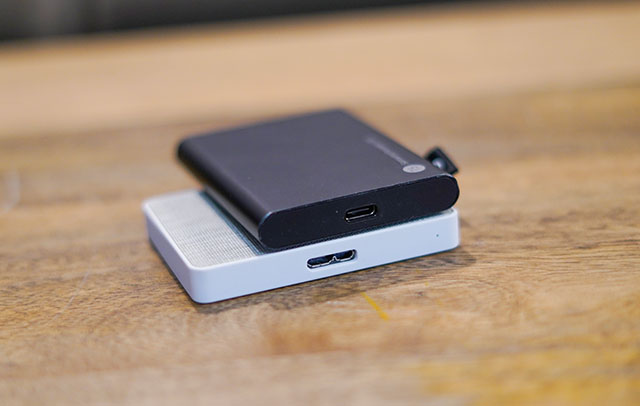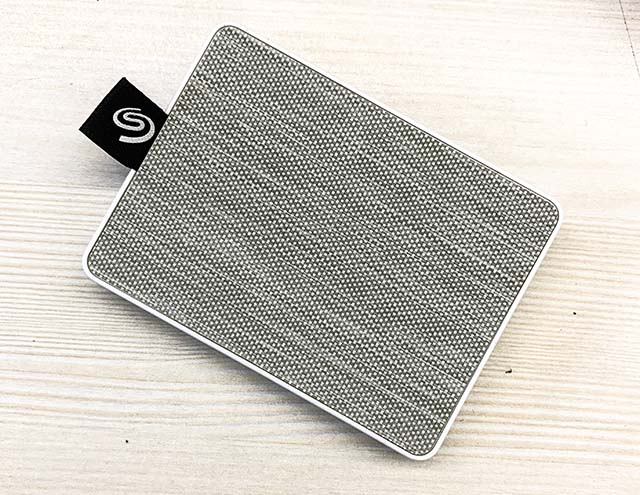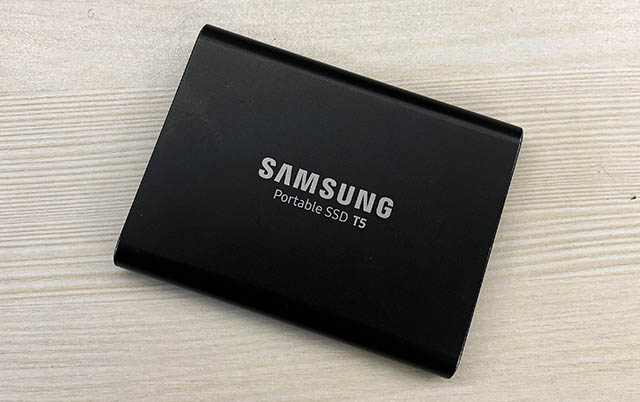Seagate One Touch vs Samsung T5 SSD: Which Should You Buy?
[the_ad id='1307']
If you’re in the market to buy a great portable SSD for your storage needs, chances are you’ve spent hours scouring all the options available on the market. If there’s one good thing about external storage devices that has happened over the last couple of years, it’s the fact that SSDs are becoming more affordable, and while there are a lot of great options you can check out, Samsung’s T5 Portable SSD, and the Seagate One Touch Portable SSD are two of the more popular choices out there. So which one should you buy? Well, I have tested both the SSDs extensively, and here are all the differences, the pros and cons that you should know before making a final choice.
Performance
The most important aspect of choosing an external SSD will most likely be the performance offered by them. There are multiple things to consider here, including what it is you want to use the SSD for, and the connection technology the SSD is using. That’s one of the areas where these two SSDs differ by a lot.
The Samsung T5 SSD comes with a USB-C port, and supports USB Type-C 3.2 Gen 2 transfers, which means you can get much higher speeds than regular USB 3.0 connections. The Seagate OneTouch SSD on the other hand, uses USB 3.0 to connect with a computer or laptop. That’s a little sad, because this port here on the OneTouch SSD is that weird USB Micro-B cable you’d find on external hard disks.
Because of this, even the claimed speeds on the Seagate OneTouch SSD are slower than the claimed speeds on the Samsung T5 SSD. Seagate says you can get speeds up to 400MB/s on its offering, while Samsung claims speeds of 540MB/s instead. Points to Samsung for using a more advanced, faster connection type.
Obviously, these theoretical speeds don’t mean much in the real world, so I tested both of these SSDs for their read/write speeds.
As was expected, the Samsung T5 SSD performs consistently faster than the Seagate OneTouch SSD. The Samsung T5 SSD reached write speeds of 467.8MB/s and read speeds of 490.2MB/s while the Seagate OneTouch SSD got write speeds of 219MB/s and read speeds of 372.8MB/s on an average.
That’s a fairly big difference in speeds on both the SSDs, and it’s all thanks to the fact that Samsung is using USB Type-C 3.1 Gen 2 in the T5, while Seagate, for some reason, is using USB 3.0 instead.
Reliability
In general, SSDs are more reliable than spinning disks, that’s just a fact. However, even with solid state storage, there are chances that something might go wrong, and in those cases, having a solid warranty would be helpful. Fortunately, both Samsung and Seagate offer a limited 3 year warranty on their respective SSDs, which means that if your SSD fails on you for some reason, you can get support from the companies.
Design and Build
Normally, this section wouldn’t matter, but if you’re dropping somewhere around ₹13,000 to ₹15,000 on an external SSD, it better look good and last long enough, right? Although design is a subjective thing to talk about, personally, I like the fabric-covered design of the Seagate OneTouch SSD over that of the metal body of the Samsung T5.

However, the metal build does make the Samsung T5 SSD a stronger SSD as well, so it will definitely be able to take more drops and bumps than the Seagate OneTouch SSD. Basically, if you find yourself dropping your products often, the Samsung T5 is probably a better bet.

Samsung T5 vs Seagate OneTouch SSD: Conclusion
Seagate does have one thing going for it though, the fact that it’s priced at ₹12,999 for the 1TB variant as compared to the ₹14,999 price tag on the 1TB variant of the Samsung T5 SSD.
However, the fact remains that in exchange for saving ₹2,000 on your SSD, you’re giving up on a lot of speed, the build quality, and USB-C. Personally, I’d take the Samsung T5 SSD over the Seagate OneTouch SSD.
That said, there are other options as well that you can check out. There’s the 1TB Seagate Fast SSD (₹14,999) that comes with USB-C connectivity that you can go with if you prefer Seagate for storage solutions. There’s also SanDisk’s 1TB SSD with USB-C (₹13,465). There’s also the Lexar Professional SL100 Pro 1TB SSD (₹9,999) with incredibly fast read/write speeds of up to 950MB/s which is a solid deal.
Clearly, there are a lot of choices, but if it’s the Samsung T5 vs the Seagate OneTouch SSD that you’re confused between, I’d suggest you go with the Samsung T5 SSD because it brings a better build, USB-C connectivity, and faster read/write speeds as compared to the Seagate OneTouch SSD. So, which external SSD are you planning on buying? Let us know in the comments down below.
[the_ad id='1307']
Source link
[the_ad id='1307']